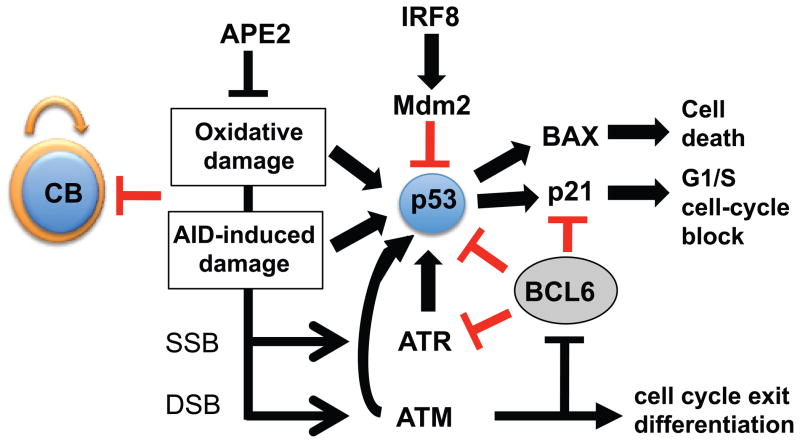Figure 8. Model of the DNA damage response in GC cells.
Oxidative damage in GC cells activates p53 despite mechanisms reported to suppress it. p53 activation could occur directly through ATM, or may involve ATM-mediated down-regulation of the repressor BCL6. DNA damage has been reported to reduce BCL6 levels through protein degradation, which could relieve repression of the DNA damage response, and in addition cause cells to exit the proliferative phase allowing them to differentiate into memory B cells and plasma cells. According to this model, the amount of DNA damage that germinal center B cells sustain plays a part in determining the fate of these cells. Extensive DNA damage (such as in the absence of repair proteins such as APE2) would negatively impact on the germinal center output, whereas too little DNA damage (such as in the absence of AID) would have a similar outcome, since fewer B cells would exit the proliferative phase. CB, centroblast.

